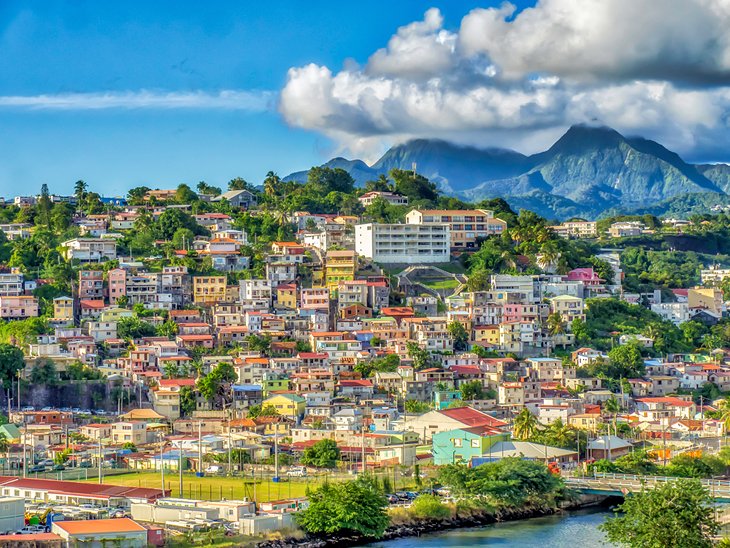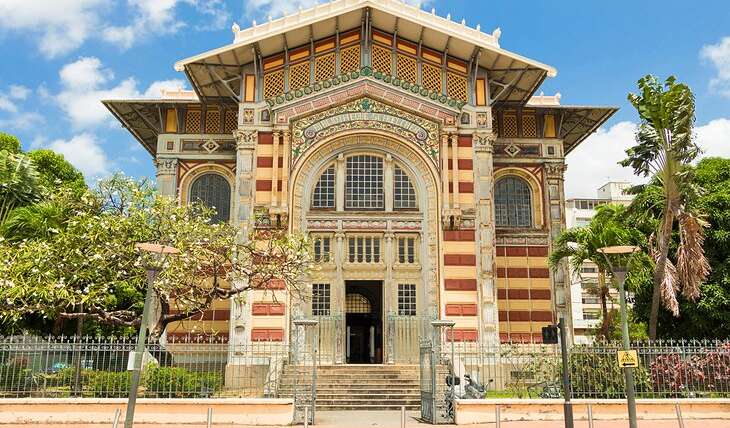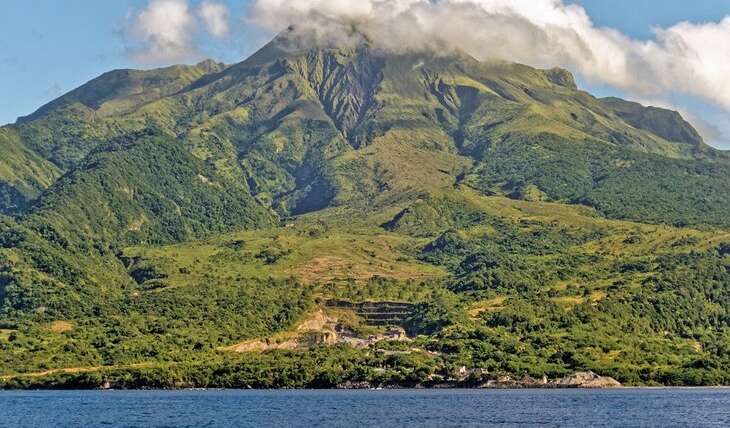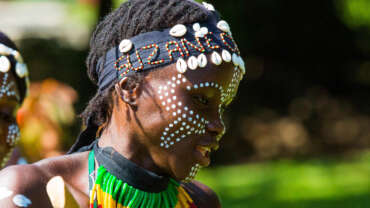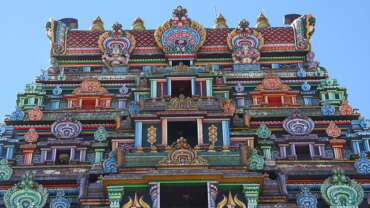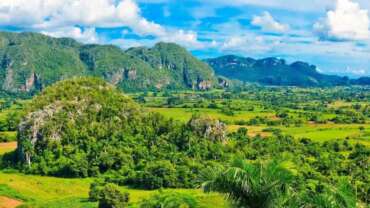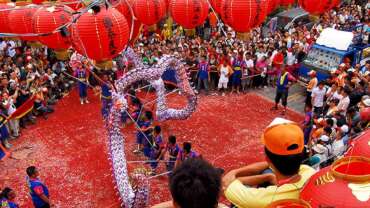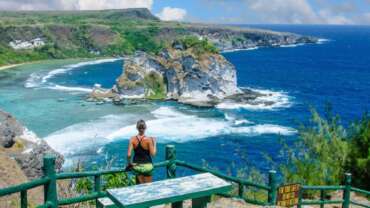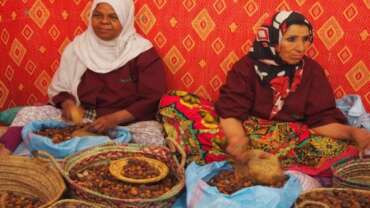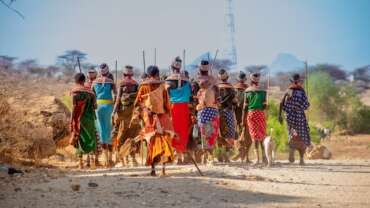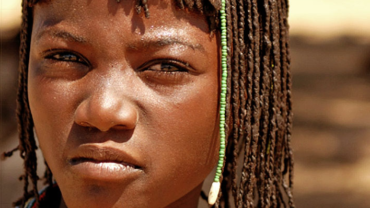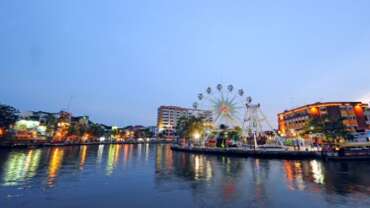Martinique - Island of Flowers
White sands, palm trees, and creole flavour… you are in Martinique!
Enjoy the views at Diamond Rock, at the heart of the Caravelle Peninsula Nature Reserve. In Grand’Rivière, you’ll be entranced by the deft ballet of the the fishermen and their multi-coloured skiffs.
Then go back in time at the former Habitation Clément rhum distillery, now a listed historical monument, before heading to the market in Fort-de-France for treats such as okra, chayote, and star fruit.
While the “island of flowers” is especially popular with those who enjoy a relaxing holiday, with its tropical climate, relaxed pace of life, Creole specialities and idyllic sandy beaches, it also delights nature-lovers. With most of the island protected by the Regional Nature Park, Martinique has exceptional biodiversity as well as extraordinary unspoilt landscapes that hikers love.
The Pelée mountain volcano, the Carbet mountains, the Caravelle peninsula, and all the walks in the tropical forest and along the wonderful coastal paths really offer some amazing sights! As well as these natural assets, there’s a fascinating architectural and cultural heritage: the Clément habitation, Schoelcher library in Fort-de-France, Case-Pilote Church, remains of Saint-Pierre, and villages full of picturesque charm are just some of the beautiful sights you’ll discover during your stay in Martinique!
History of Martinique
Early period
Carib Indians inhabited the island at the time Christopher Columbus sighted it in 1493. It was not until 1502, on his fourth voyage, that he visited the island, leaving some pigs and goats there. Neglected by the Spaniards, who sought more material rewards than those the island offered, Martinique was occupied in 1635 by a Frenchman, Pierre Bélain, sieur (lord) d’Esnambuc, who established 80 settlers at Fort-Saint-Pierre at the mouth of the Roxelane River. A year later d’Esnambuc, who had fallen ill, entrusted Martinique to his nephew, Jacques-Dyel du Parquet, who bought the island from the Compagnie des Îles d’Amérique and developed it into a remarkably prosperous colony. In 1654 a group of 250 Dutch Jews, whom Portuguese forces had ousted from Brazil, introduced sugarcane. Cotton was another early introduction. About 1660 the first cacao (the source of chocolate) plantation was established.
French rule
After the death of du Parquet, his widow governed the island in the name of her children, but her policies were often opposed by the settlers. In 1658 the French king, Louis XIV, resumed sovereignty over the island and paid an indemnity to du Parquet’s children. In 1664 the island was placed under the authority of the Compagnie des Indes Occidentales (West Indies Company); in 1674 it was made part of the French crown domain and was administered according to the Pacte Colonial, a body of principles summarized in the statement “The mother country founds and maintains the colonies; the colonies enrich the mother country.” Supplies and slaves were transported to the French Antilles by the Compagnie du Sénégal, founded in 1664; the slave ships called at Martinique before proceeding to Guadeloupe, permitting the colony first choice of the slaves. In 1723 coffee was introduced from Arabia, thus further contributing to the island’s prosperity. In 1787 Louis XVI granted Martinique the right to establish a colonial assembly.
At various times Martinique was attacked by foreign fleets. An attack by the Dutch was repulsed in 1674; further assaults by the British were repelled in 1693 and 1759. In 1762, however, the British captured the island, only to return it to France under the terms of the Treaty of Paris in 1763. The British recaptured it in 1794 and occupied it until 1802; after having been captured once more by the British in 1809, it was definitively restored to France in 1814.
Slave uprisings occurred in 1789, 1815, and 1822. Following the abolition of slavery in 1848, plantation owners imported workers from India and China in order to avoid paying high labour costs. Universal suffrage was proclaimed in 1848 but was abolished under Napoleon III; after 1870 the Third Republic of France restored representation for the island in the French Parliament.
In 1902 the volcanic eruption of Mount Pelée destroyed the town of Saint-Pierre, killing about 30,000 people. During World War II Martinique adhered to the Vichy government of Nazi-occupied France for three years before rallying to the Free French cause in 1943. In 1946 Martinique was granted the status of a French département, and in 1974 it was made a région.
People of Martinique
The original Carib Indian population disappeared after Europeans arrived, partly as a result of disease, conflicts with the Europeans, and assimilation. In 1658 French settlers on the island numbered about 5,000. Slaves brought from Africa added a further ethnic component. Today people of mixed European and African ancestry account for more than nine-tenths of the population, but the island’s economy is largely controlled by the small proportion of people of European descent. A small fraction of the population is descended from labourers brought from the Indian subcontinent. A creole similar to that spoken in Haiti is commonly heard, but French is the official language.
The great majority of the population is Roman Catholic; there are smaller numbers of Protestants (mostly Seventh-day Adventists), other Christians, and adherents of other religions. Some people incorporate elements of Vodou (Voodoo) into their beliefs.
The population of Martinique increased rapidly until the late 1970s, when, plagued by unemployment and other economic maladies, the residents of the island began to emigrate in large numbers to France and in smaller numbers to French Guiana. About one-fourth of the total population lives in Fort-de-France, and nine-tenths of the population lives in urban areas.
Cultural Life of Martinique
The pre-Lenten Carnival of Fort-de-France, featuring a parade with elaborate masks, is an annual event. Vodou (Voodoo) ceremonies are sometimes held, though they are far less important in Martinique than they are in Haiti. Cockfighting is a popular sport. Sites of historical interest include the Pagerie Museum, the reconstructed birthplace of Empress Joséphine, consort of Napoleon I, in Les Trois-Îlets. Joséphine was born in 1763 to a Martinique planter named Joseph Tascher de La Pagerie.
Discover Martinique
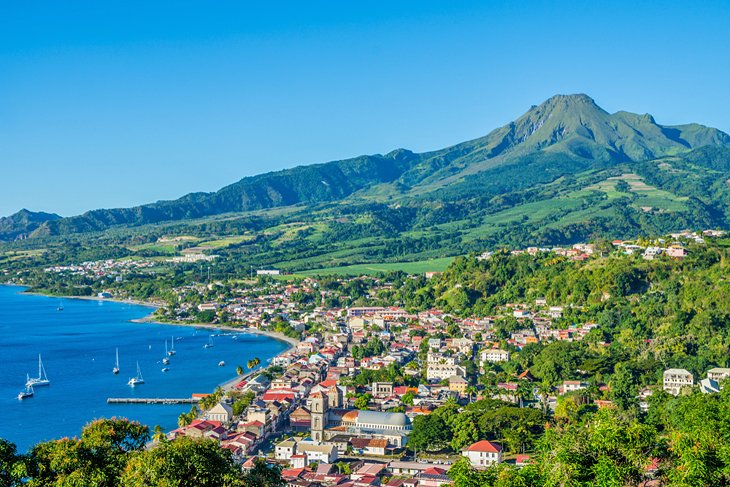
The island of Martinique sparkles jewel-like in the Caribbean—its beaches are of obsidian sand in the north, and golden sand in the south, with emerald foliage everywhere in between. The active volcano of Mount Pelée is an open invitation to view the island from above, while the undersea world is a whole new world for divers. From brightly colored fishing yole boats to typically Caribbean beats, Creole culture works its magic everywhere in Martinique.



